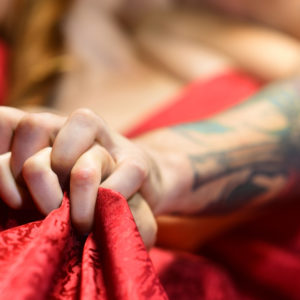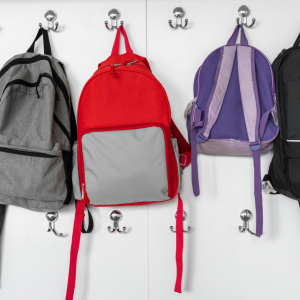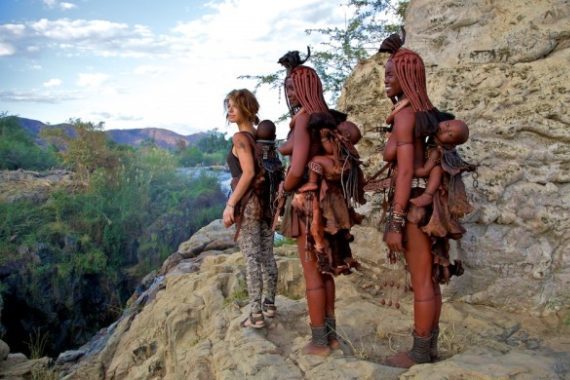
She spent weeks living in the middle of the African desert, sharing a mud hut with a family of tribal women and their children, all to witness one small yet breathtaking miracle: birth.
Alegra Ally is a documentary photographer and explorer, whose mesmerising pictures of expecting mothers and stories of their birth rituals in tribal communities have captured audiences around the world.
Started five years ago, Wild Born Project aimed to spread awareness into the cultural beliefs and traditions of indigenous or tribal women in the most extreme environments, inviting followers into an unseen civilisation of motherhood and its raw and natural beauty.
“I wanted to create something that’s positive and empowering surrounding birth in these communities, and to share these women’s experiences with others around the world,” Wild Born Project founder, Alegra Ally said.
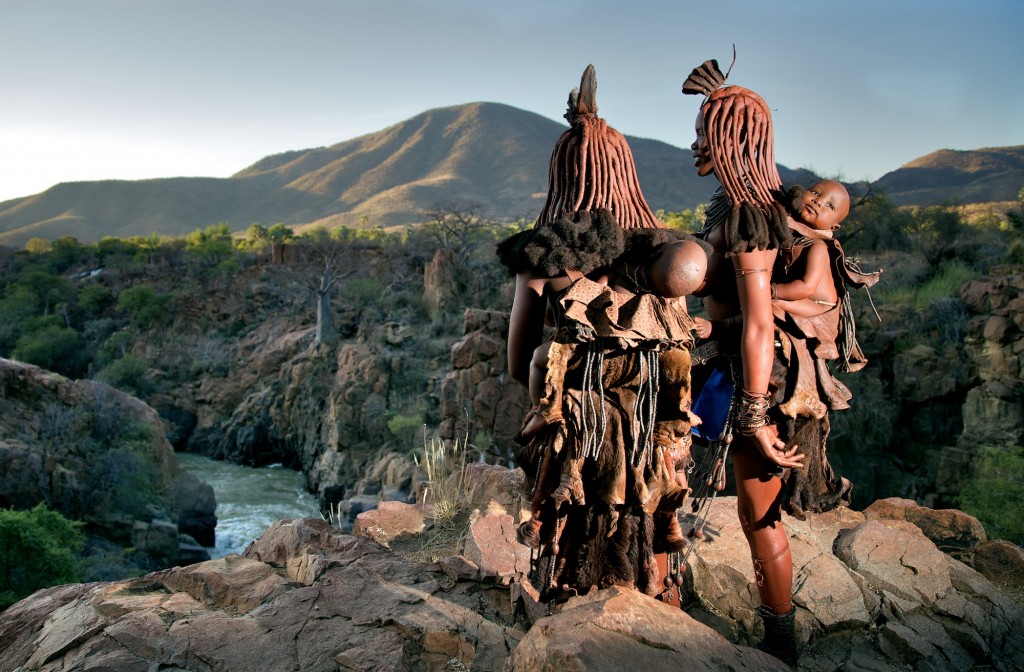
The 37-year-old has spent most of her life travelling the world, meeting and living with tribal communities from Papua New Guinea, Palawan in the Philippines and Namibia in Africa.
Her life’s work began in 1997, when at age 17 she left her family in Israel, to travel solo to the Papua New Guinea and immerse herself in a foreign culture.
“The passion and the curiosity was so overwhelming, so powerful and so strong that I just could not concentrate on school, I just felt that I had to go,” Ally said.
“It was a hard decision but I was so determined and I decided to go regardless.”
Ally said the time spent in Papua New Guinea changed her life and set her on the career path of documentary photography, taking people into the unseen world within tribal communities.
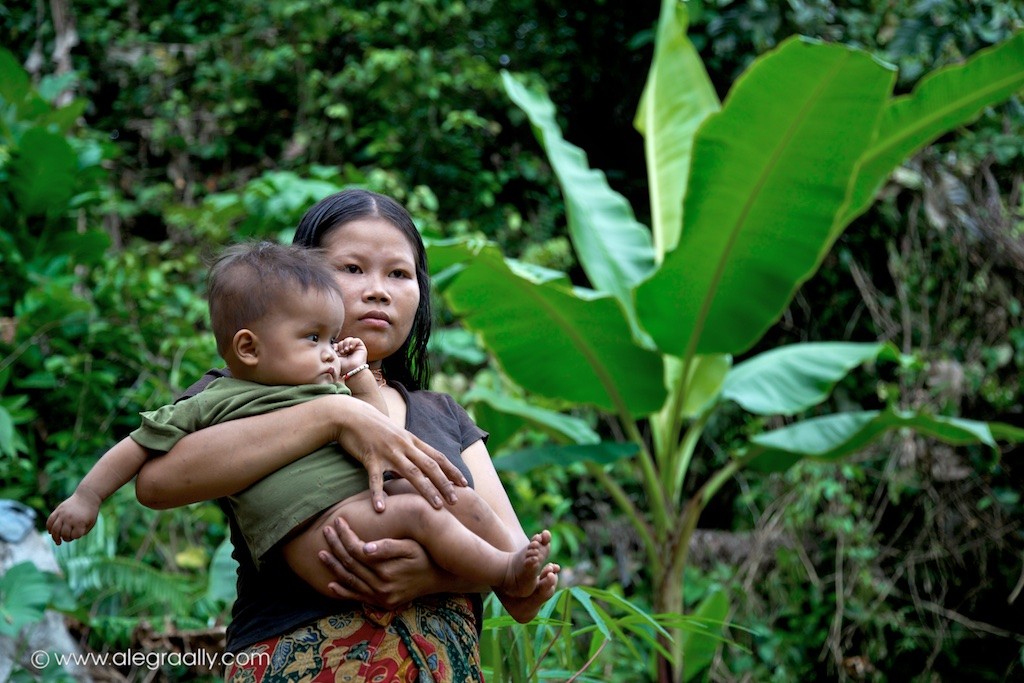
For almost a decade, she travelled the world, visiting 25 countries and countless tribes, who welcomed her to tell their stories through the lens of a camera.
“I have had quite a lot of experience living with indigenous people around the world, so for me it’s not work,” she said. “First and foremost, it’s about the experience. It was there as an 11-year-old girl and it’s still there today. It’s my passion, my curiosity and I really want to go and immerse myself, to experience and become almost one of them.”
Despite her many years experience, Ally said there were still barriers she had to overcome to be welcomed into each tribe.
“It’s never just the language barrier; there is a barrier of very different cultural background, customs, values and beliefs,” she said.
“Becoming a part of such unfamiliar environment is never instant. It is always happening gradually through establishing authentic relationships and gaining the trust.”
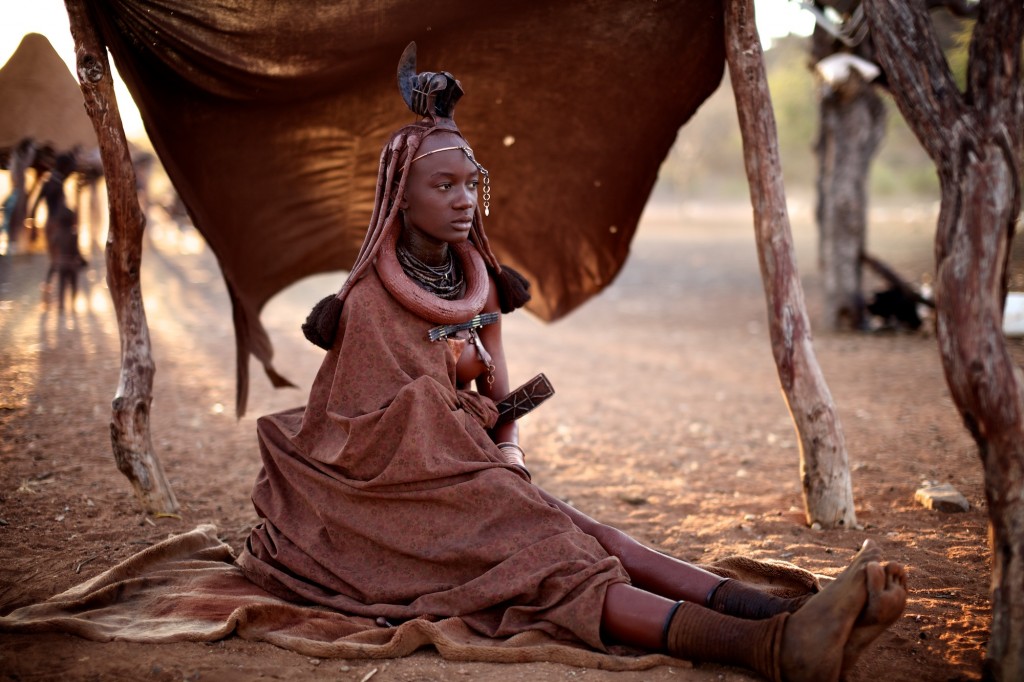
It was during these years of travelling and immersing herself within different cultures that Ally discovered her fascination with tribal women and their traditions surrounding childbirth, which until now, have not been well documented.
In 2011, Ally set off on her first field trip with Wild Born Project, determined to live, learn and experience life as its known for thousands of indigenous and tribal women around the world.
“It was really magical,” she said. “I discovered an amazing world and I knew for certain that this was the path I was destined to go on, and I am so happy that it happened.”
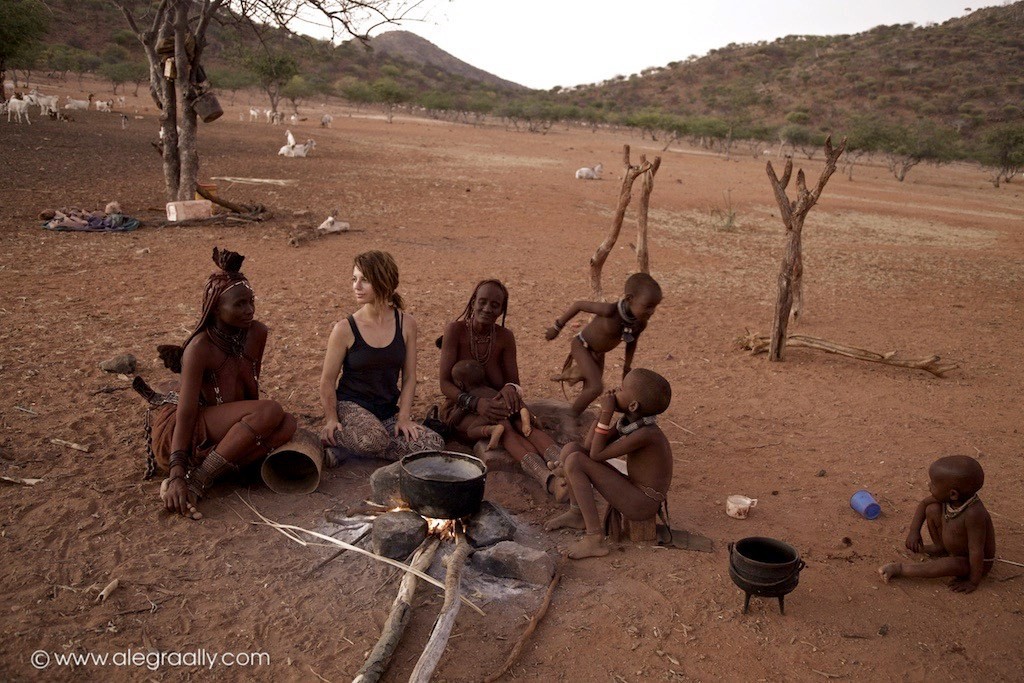
An experience in Namibia, where Ally lived with a family of Himba women and witnessed her first tribal birth, has become the ground-breaking moment for the Wild Born Project.
“It was the first time since starting the project that I was able to witness a birth from start to end. I was there a few weeks before the birth, during the birth and a few days after the birth,” Ally said.
“It was completely life transforming for me.”
Living with a family unit of a single mother, mother-to-be, her two sisters and three small babies, they stayed together in a hut made only of sticks and mud.
“Just living with them by itself was an incredible experience. Sitting around the fire every night, the sky was amazing, you could see the whole Milky Way, and listening to their story telling,” Ally remembered.
“I did have my translator with me, he was a Himba man, so culturally he was quite good because he could understand them and he really made an effort to create a friendship with them as well.
“But the unique experience of just living with them was incredible. They are so filled with joy, they have this natural life happiness and they love laughter and laugh a lot. Every night we would sit around the fire, make jokes and laugh “” it was a very positive experience.”
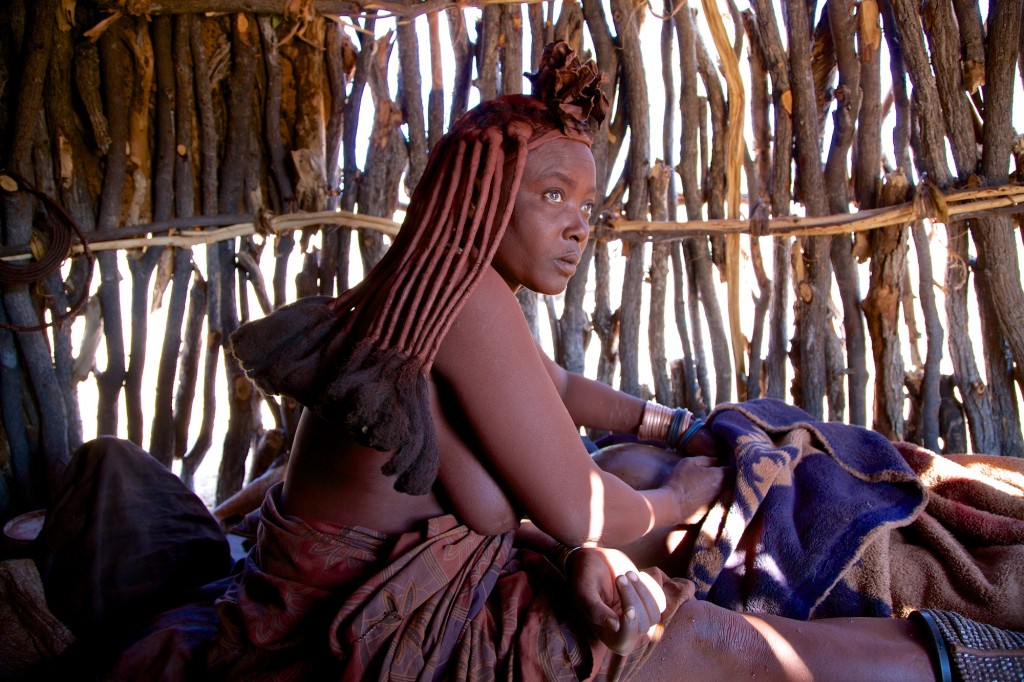
Two weeks into her stay, Ally was woken early to find the expecting mother had gone into labour.
Crowded into a small half-built hut, Ally, the mother, her two daughters and a midwife from the village, comforted the labouring woman through her birth.
“It was very gentle. When she would get a contraction she would wince a little with her face but there was no screaming, no agony, no nothing. It was just beautiful to watch this group of women, massaging her back, her stomach, touching her, comforting her, covering her with blankets.
“I have never felt such a strong energy and bond of women gathering together and nurturing another women “” It was very powerful. I guess this is how you feel when you create a circle of women nurturing each other, I will remember that feeling for the rest of my life.”
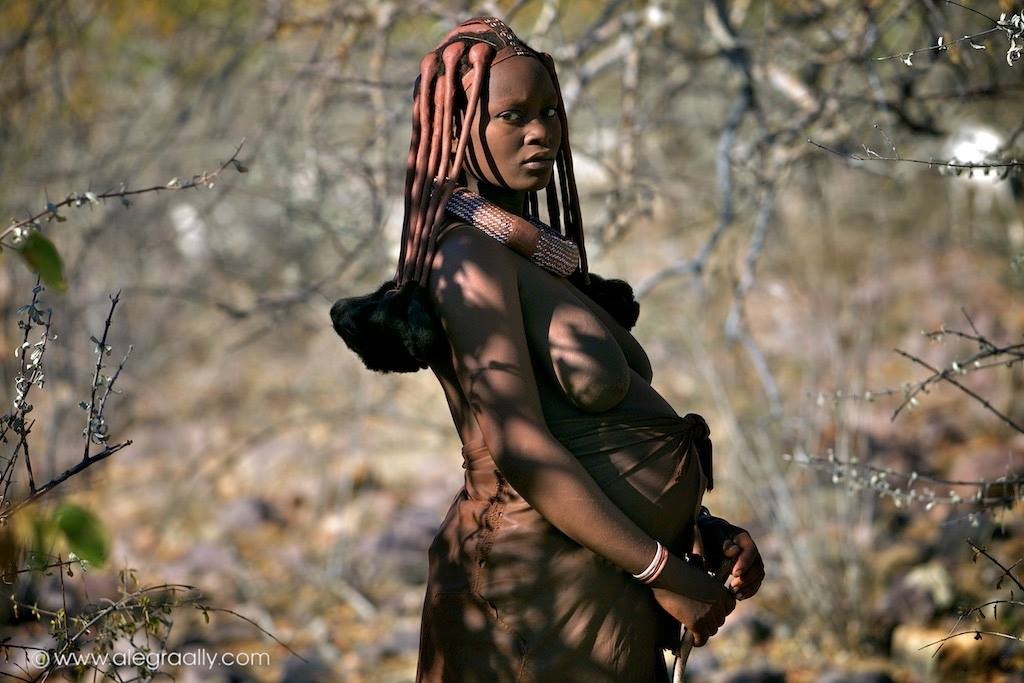
Since returning from her time with the communities, Ally has created a website and Instagram page, which now has more than 6300 followers. She is hoping to raise funds to continue her work, with the hope of completing a film on childbirth rituals, and continuing to raise awareness of birthing traditions around the world.
“It’s been a life journey for me, and it still is, I am still learning so much.” Ally said.
“I still feel like I am just at the beginning.”
About Film
Crossing continents to some of the most remote tribes on the planet, from the jungle, to the desert and in freezing temperatures, Wild Born Film explores the secrets and traditions surrounding childbirth by tribal women.
In this documentary, filmmaker Alegra Ally will be given permission to follow women in these communities step by step, and for the first time capture the traditional ways and practice of natural births in some of the most extreme environments on earth.
Visit, wildbornproject.com for more information on the project and the film.

 Top 14 Online Adult Shops in Australia
Top 14 Online Adult Shops in Australia  List of Environmentally Friendly Disposable Nappies (and...
List of Environmentally Friendly Disposable Nappies (and...  List of the Best Weight Loss Shake...
List of the Best Weight Loss Shake...  Where to Buy Wholesale Vibrators to Sell...
Where to Buy Wholesale Vibrators to Sell...  Our Honest Bed Threads Review 2021
Our Honest Bed Threads Review 2021 
